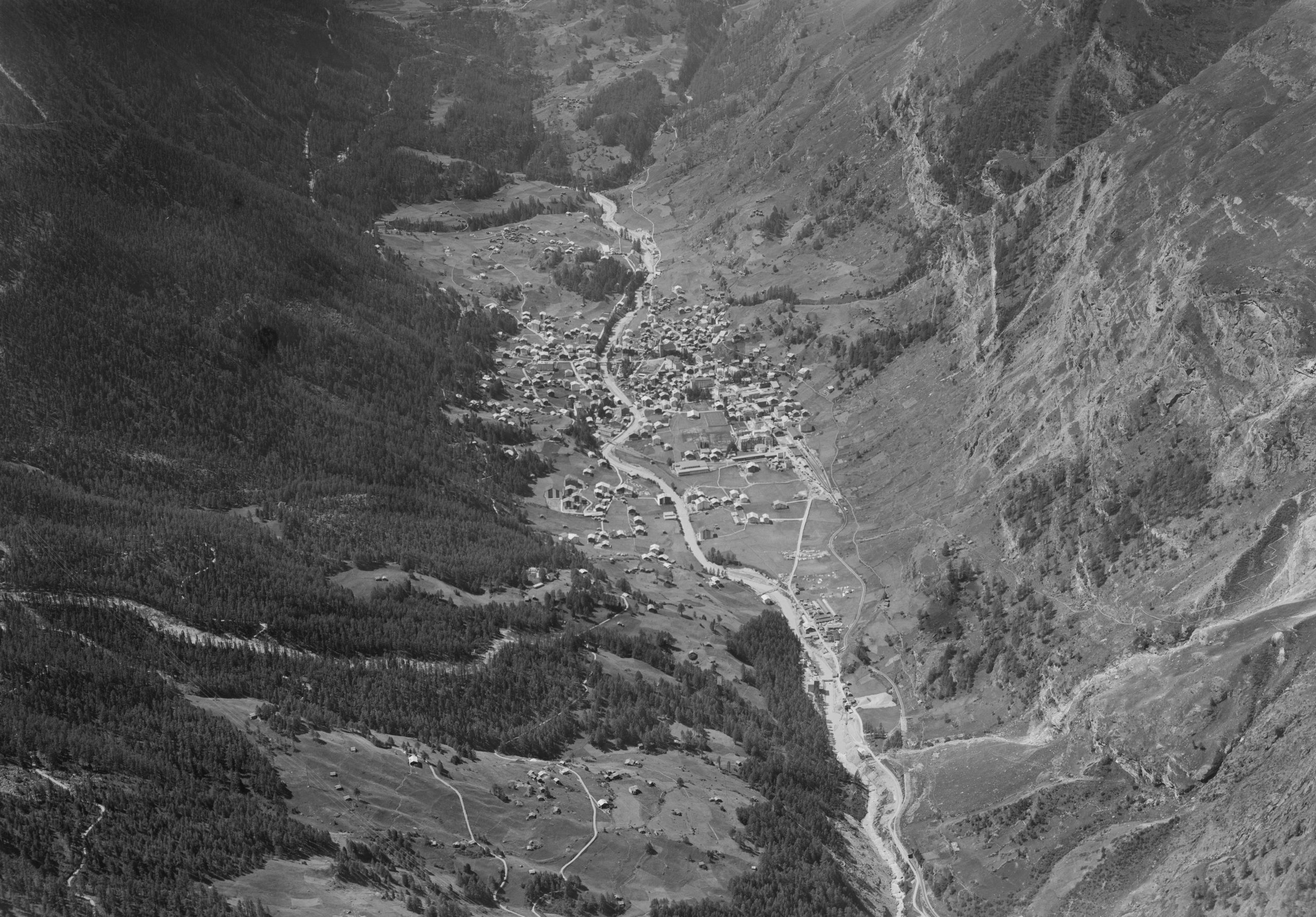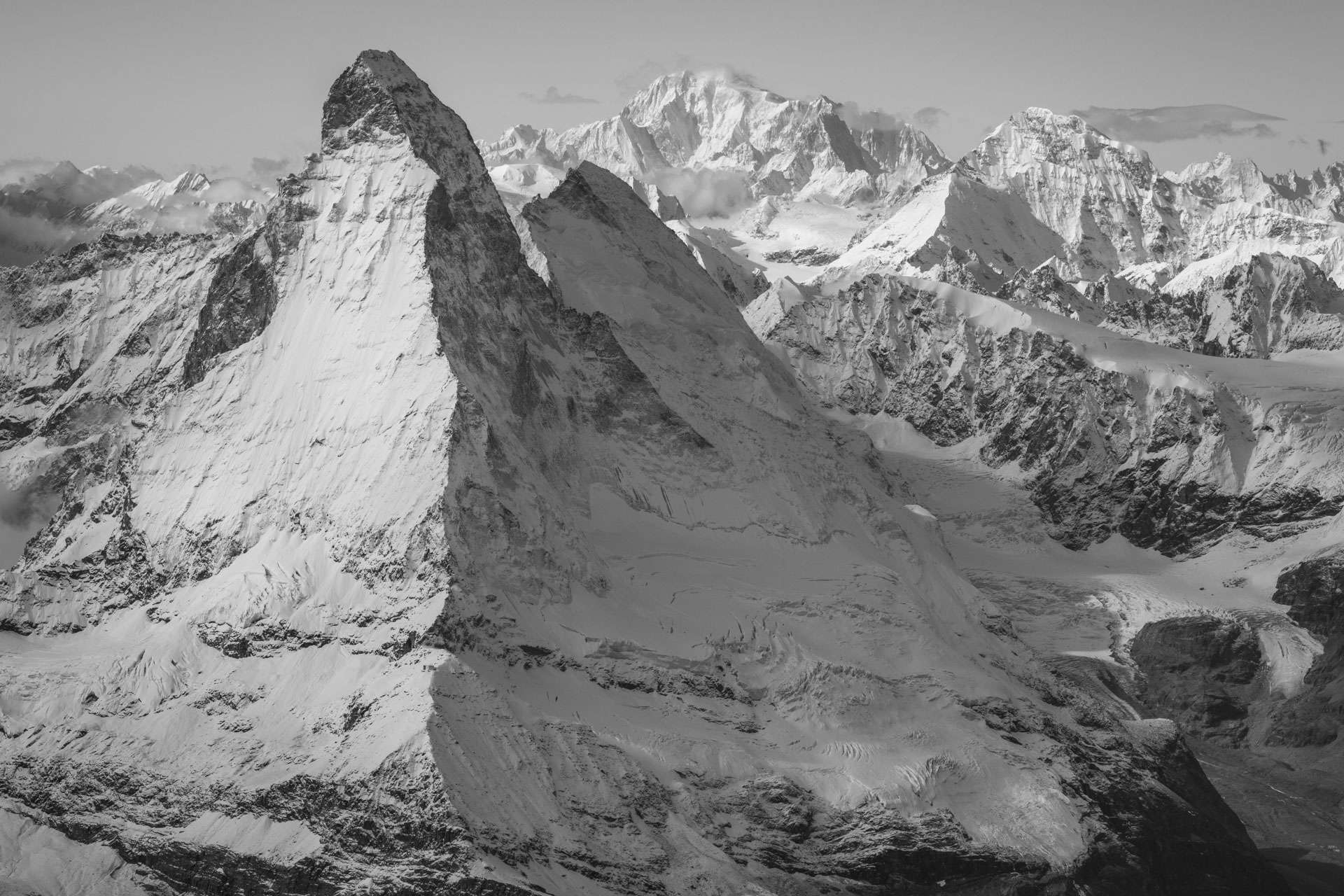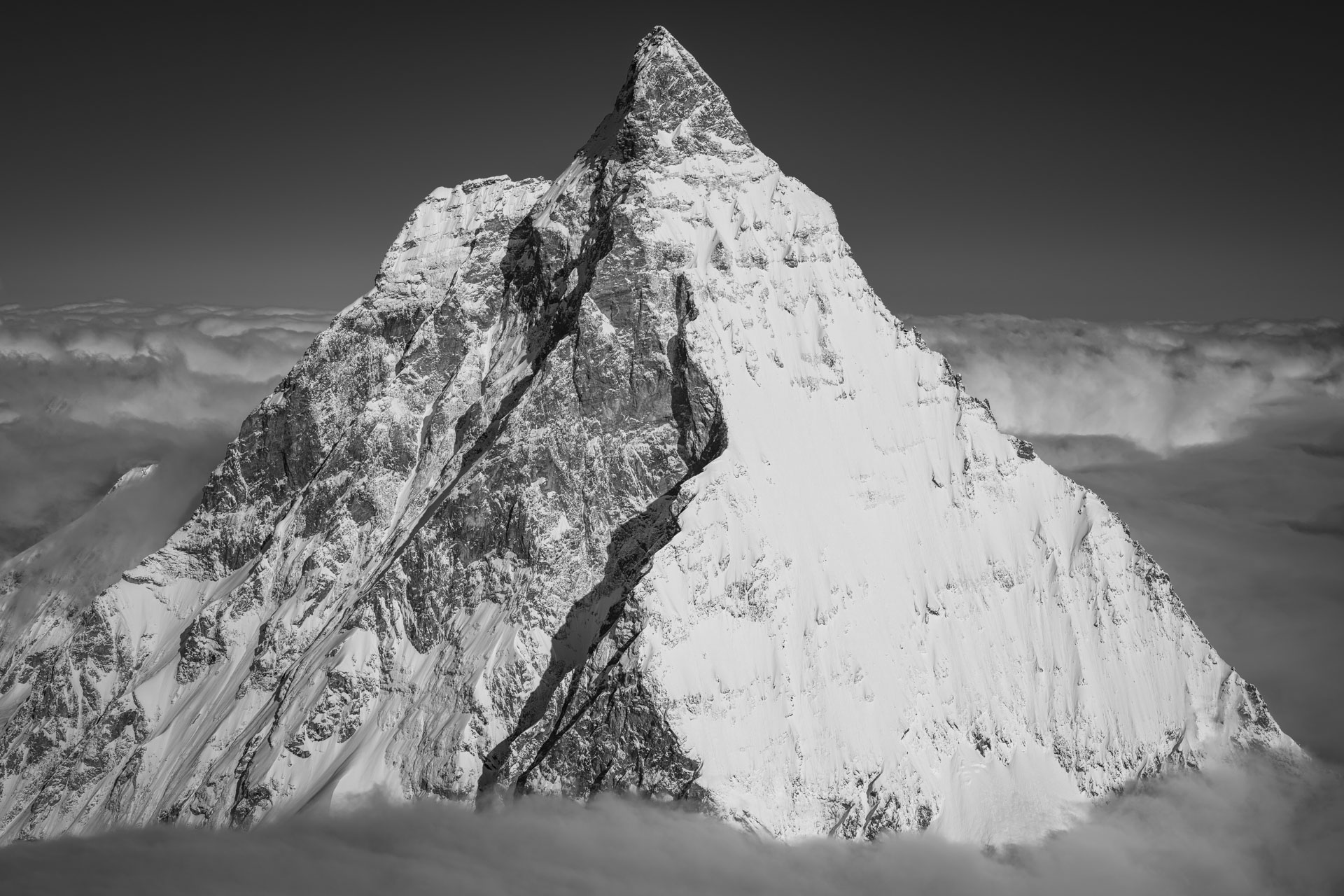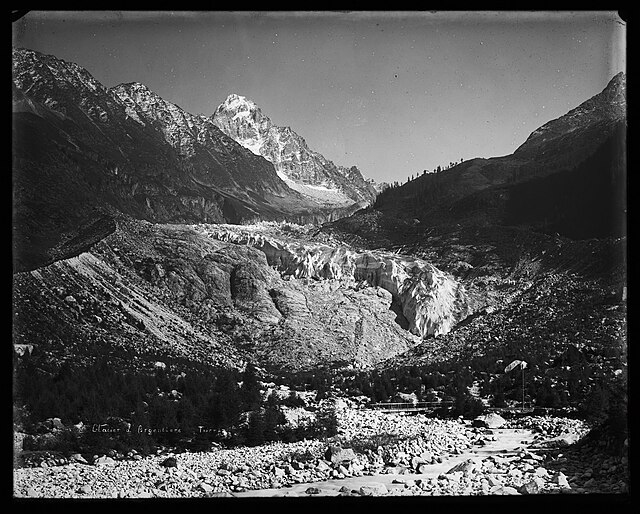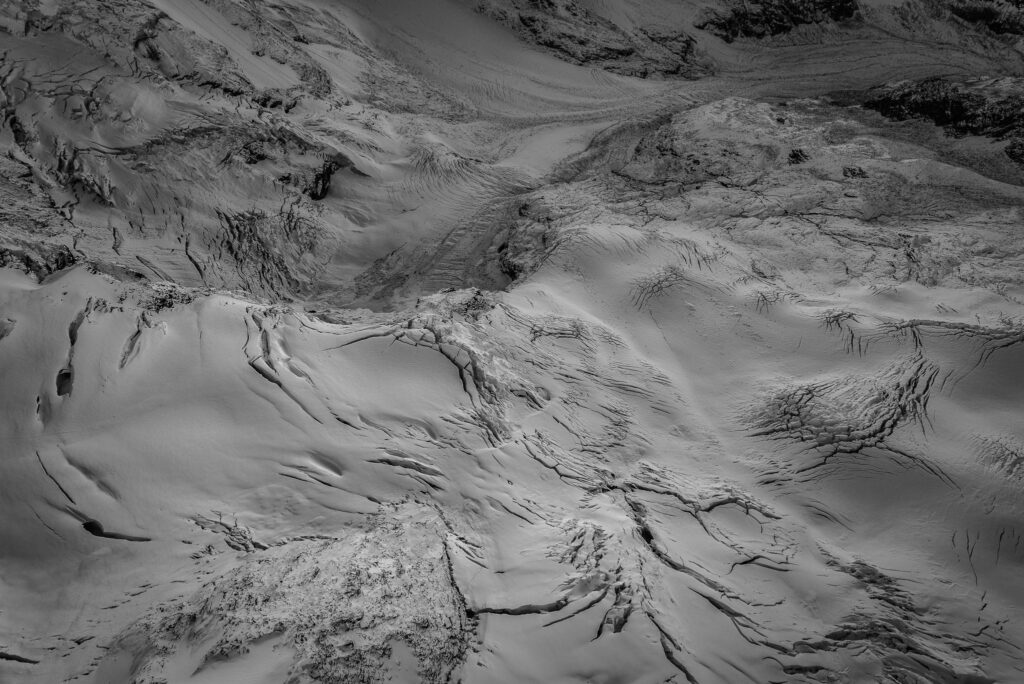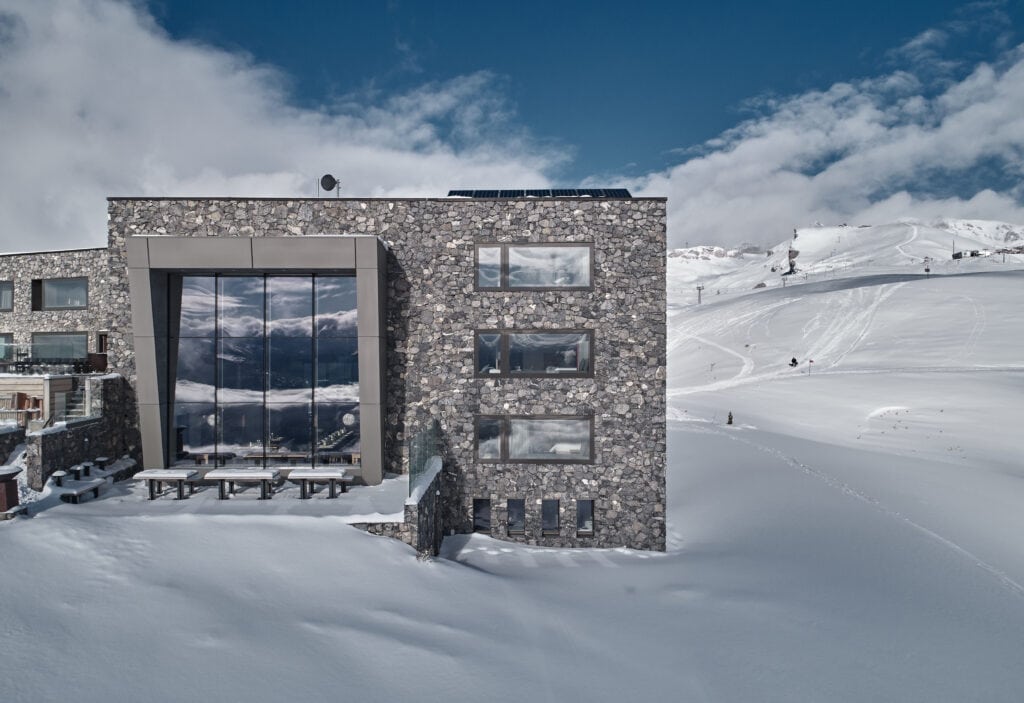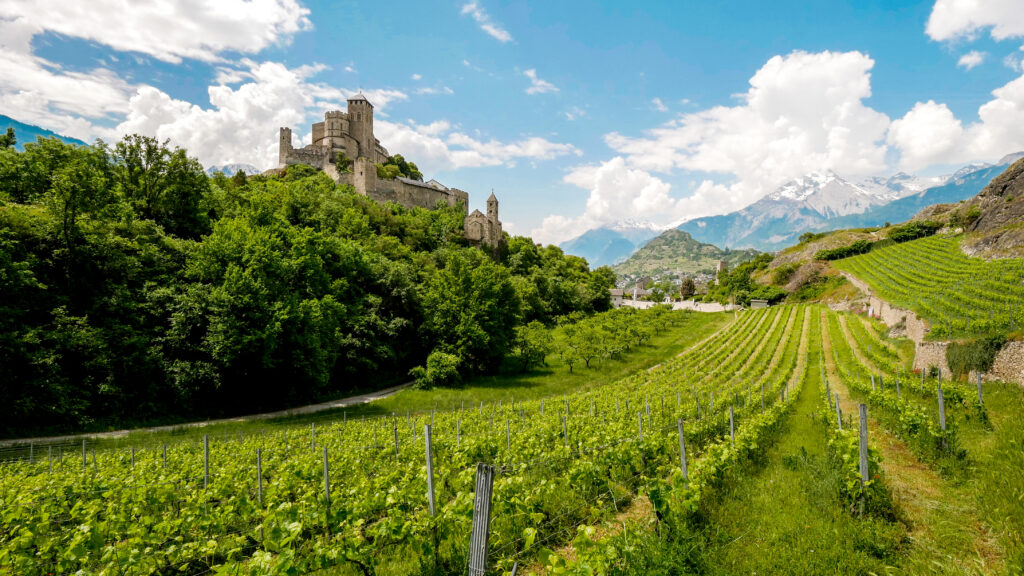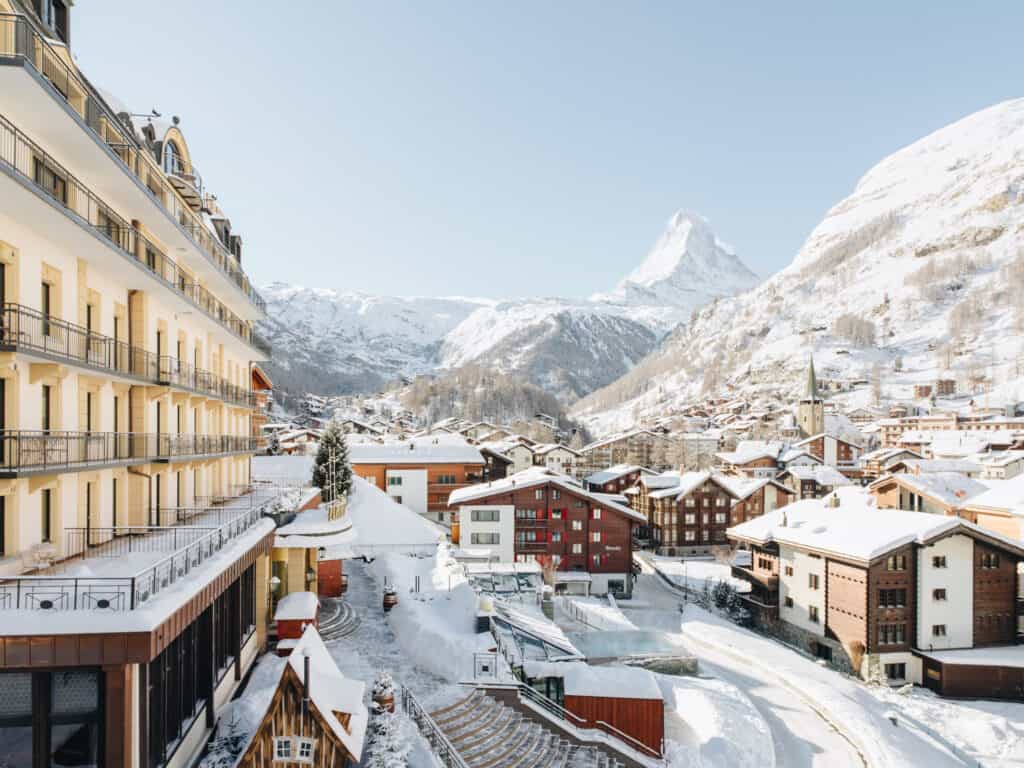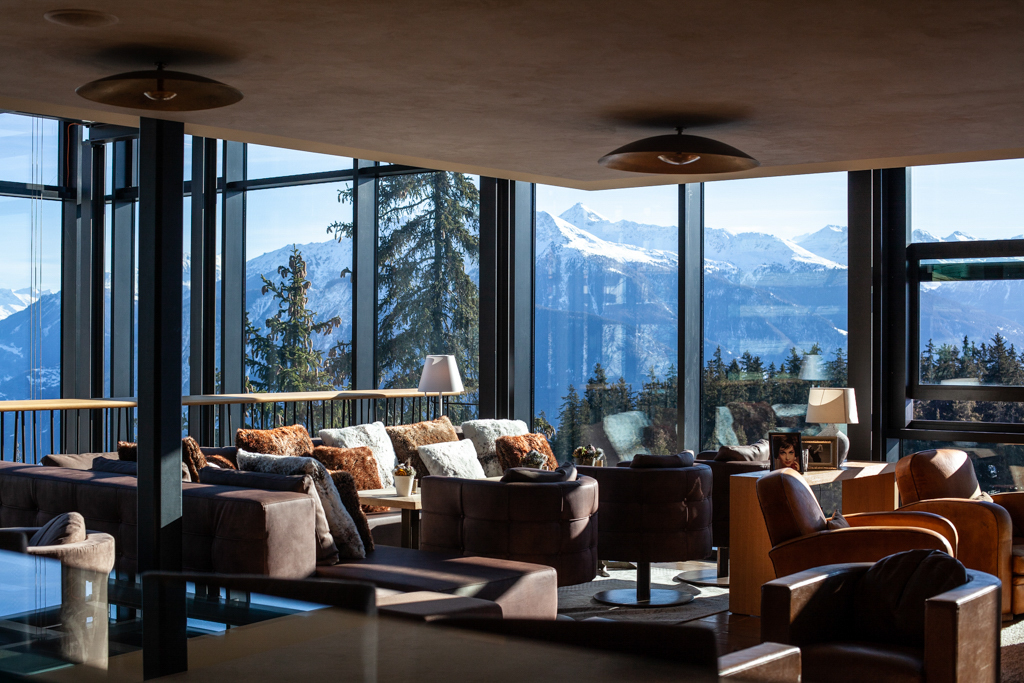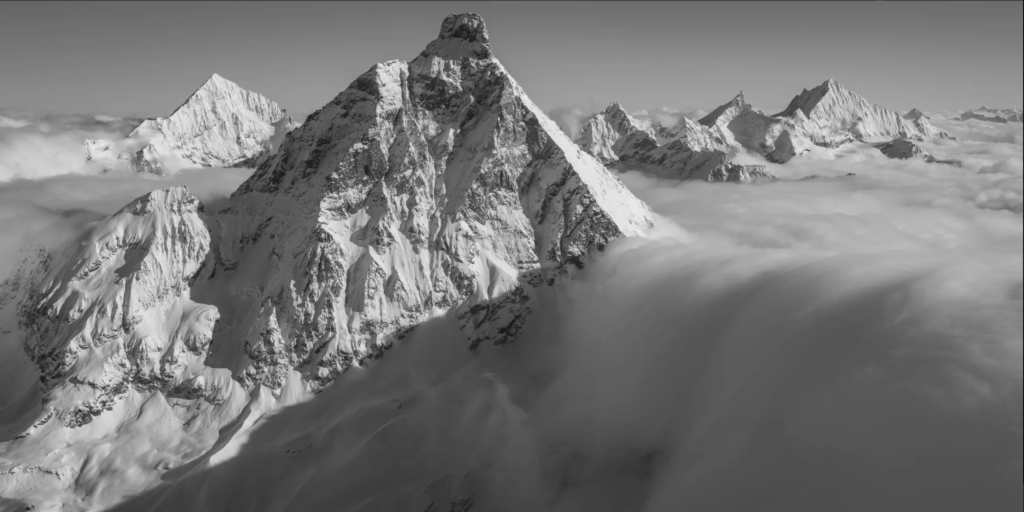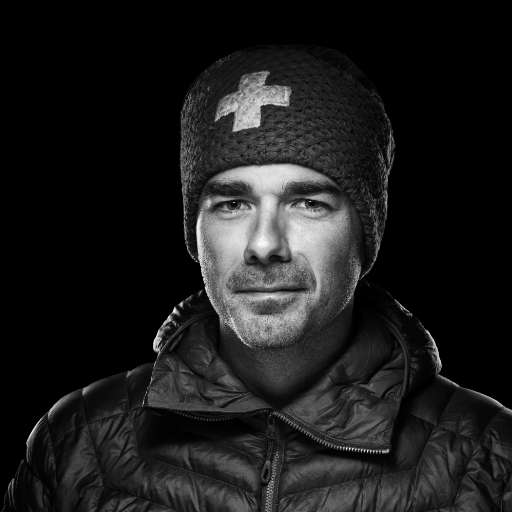A small mountain village living to the rhythm of nature's abundance and rigor, Zermatt flourishes under the aegis of the Matterhorn and the most beautiful summits in the Alps. Like a wooded jewel in a rocky setting. Until the day when men decided to conquer the surrounding peaks one by one, bringing mountaineering to its golden age in the heart of the Valais. In just a few decades, the village was transformed into the capital of the Swiss Alps. A look back at the fabulous history of Zermatt, whose unique destiny has earned it a worldwide reputation.
The village of Zermatt | Agro-pastoral oasis in the heart of the Swiss Alps
Our story begins over 6,000 years ago. As the glaciers retreated in the Swiss Upper Valais, man gradually tamed the mountains. On the slopes of the giants of Monte Rosa and the Imperial Crown, pastures and crops developed. Until the day in 1280 when the Matterhorn saw a legendary hamlet spring up at its feet. On the banks of the Matter Vispa and in the hollow of a verdant valley, the parish of Pratobornum grew out of the alpine pastures at an altitude of 1616 meters. Of Latin origin, its name evolved over the centuries under the influence of German culture. It was only in the 19th century that Zermatt became its unique appellation.
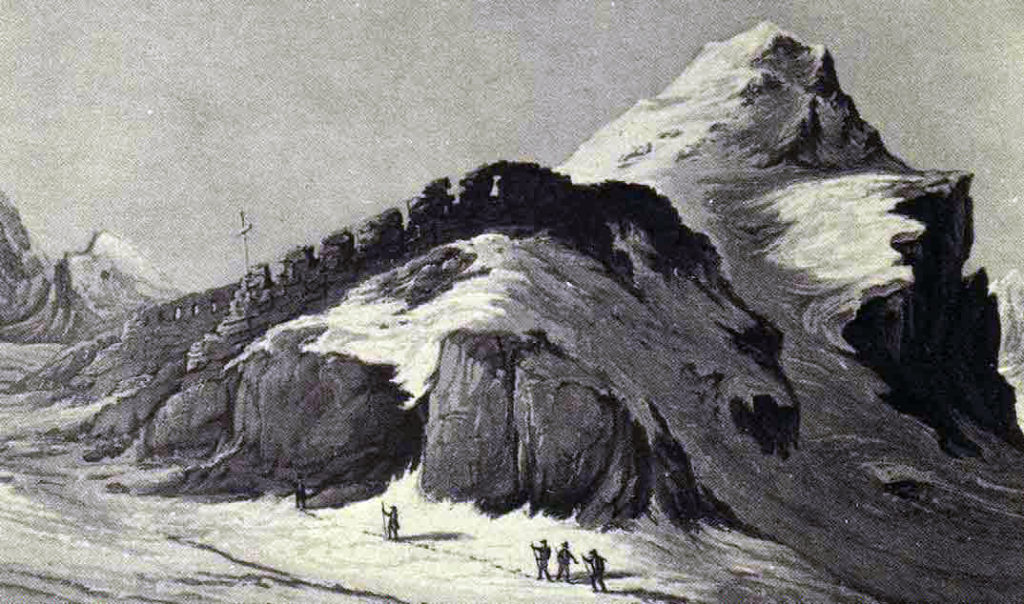
The village grew up at the confluence of the trade routes linking Switzerland to Italy via the Saint-Théodule pass. Despite Europe's Little Ice Age, the transalpine route from the Zermatt valley to the Aosta Valley was very popular. The village adapted to the gradual rebirth of its glaciers, and when the Gornergletscher swept away its houses, it rebuilt them further down.
Throughout the Middle Ages and until the advent of mountaineering, Zermatt remained a pastoral oasis dotted with barns. Some housed livestock, while others were used to store grain. Some are used to air-dry meat. Other huts were used as residences. Many of their remains have been unearthed along the trail from Zermatt to Zmutt. And if you ever feel like discovering them, I invite you to follow the Kulturwege. Since 2019, it offers you the opportunity to travel back in time to meet the first inhabitants of this mythical village. You can even see a 250-year-old stone lynx trap. The heart of Zermatt also bears witness to an ancient architectural tradition. Nearly 30 buildings from the past still stand here, a precious legacy of Alpine culture.
Over the centuries, Zermatt has adapted to the changing world around its pastures. Long subject to the sovereignty of the Bishop of Sion, the village regained its freedom in 1618. It was then divided into three communes, which finally merged on June 14, 1791. A bloody interlude, Zermatt and the canton of Valais were annexed by France a few years later, before joining the Swiss Confederation in 1815, following the fall of Napoleon I. A new chapter began for this mountain village, born under a lucky star in the heart of the Alps.
Zermatt | Birth of the most famous resort in the Valais Alps
The destiny of Zermatt changed in the 19th century, when this larch village lost in a valley suddenly attracted the attention of visitors from all over the world. Scientists and enthusiasts alike took a new interest in the high mountains. Buoyed by the fervor of British citizens, mountaineers flocked to Zermatt to climb the highest summits in the Alps. To meet the growing demand from tourists, the first inn was built in the village in 1839. But it was Alexander Seiler who first realized the potential of the Matterhorn. Convinced that this fabulous mountain would make Zermatt a must-see destination, he bought the inn and endowed the village with its first hotel, the Hotel Monte-Rosa, inaugurated in 1855. If you happen to push open the door today, you'll discover that Edward's bar still has the original inn beams.
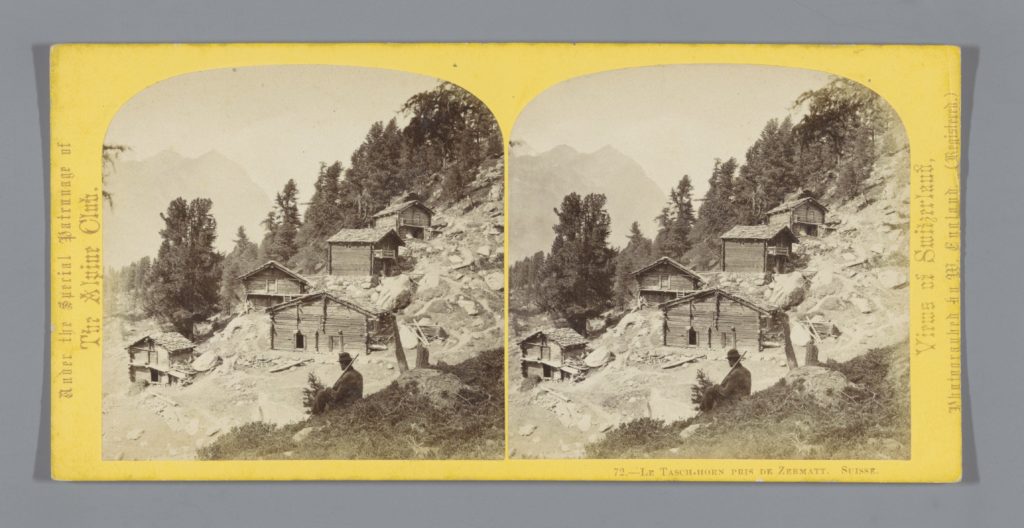
A few years later, on July 14, 1865, Edward Whymper achieved the feat of being the first to reach summit on the Matterhorn, at 4478 metres above sea level. The ensuing tragedy put the mountain in the spotlight and ushered Zermatt into a new era. The era of records and adventure. One of expansion and tourism development.
Faced with the growing influx of tourists to the Valais, the community is undergoing a metamorphosis. A key player in the village's development, Alexander Seiler undertook to link Zermatt to Visp by rail. Whereas the village was only accessible by mule track, he opened it up to the outside world, making Zermatt a prime tourist destination. The railroad line was inaugurated in 1891, just a few days after the death of its initiator. Success was immediate. By the summer of 1891, more than 30,000 passengers had reached Zermatt by train. And the numbers continued to grow. Today, more than three million passengers use the Visp-Zermatt line every year.
Zermatt also saw an increase in the number of hotels. The strong presence of English tourists encouraged the opening of numerous tearooms, the forerunners of the gourmet restaurants now found in the commune. Souvenirs, refreshments and bouquets of Alpine flowers were sold during the peak summer season. At a time when religion occupied a central place, the need was also felt to build a place of worship. By 1865, donations were pouring in to bring the project to life. Hoteliers Alexander Seiler and Joseph Clemenz responded, as did the relatives of Douglas Hadow, who had just died during Edward Whymper's tragic expedition to the top of the Matterhorn. In 1869, the foundation stone of St. Peter's Anglican Church was laid, and barely a year later, on June 29, 1870, the first mass was celebrated.
The fate of Zermatt now hangs in the balance far beyond the Swiss Alps. The winter boom overtook its summer activity in the wake of the Second World War. Queen of the mild season, over the years the village became one of the most famous ski resorts in the Alps.
The resort of Zermatt | Capital of the Swiss Alps
Today, more than 150 years after this golden age of mountaineering, Zermatt exults, flamboyant and daring. Now boasting over a hundred hotels and numerous chalets, the town welcomes thousands of visitors every year. The capital of the Swiss Alps, it has become one of the world's most famous ski resorts. Europe's highest ski area, Zermatt owes its reputation to the mountains that surround it. All legendary, all prodigious. The Zermatt region is home to 38 of the 54 Swiss summits over 4,000 metres in altitude. Among them are the illustrious Matterhorn, the village's emblem, but also the sovereigns of the Imperial Crown of Zinal, the colossi of Monte Rosa and the giants of the Mischabel. Who hasn't dreamed of contemplating these titans of rock in eternal snow? Who hasn't longed to walk on the ice of Gornergletscher, Zmuttgletscher or Findelgletscher? Who hasn't hoped to climb the Matterhorn, Lyskamm, Dufourspitze or the Weisshorn, driven by a deep desire to reach their summit ?
The heart of Zermatt never stops beating, and throughout the year the town offers its admirers a multitude of activities. To satisfy their thirst for adventure, their curiosity and their passion for the mountains. History buffs can visit the Zermatlantis Matterhorn Museum, where they can immerse themselves in the life of yesteryear and rediscover the terrifying and incredible stages of the first ascent of the Matterhorn. Hiking enthusiasts can explore the mountain in all directions. Some will choose to follow the Europaweg trail, which takes them over the Charles Kuonen suspension bridge, one of the longest in the world. Others will prefer to explore the 5-lake trail and discover some of the most beautiful Alpine scenery. The Stellisee, Grindjesee, Grüensee, Mossjesee and Leisee lakes will pass before their eyes like so many reflections of the soul of the Valais. The Gorner Gorge is another of Zermatt's wonders. The waters of the Gornera continue to sculpt the serpentinite-green rocks, offering hikers a magical escape into the heart of nature.
Zermatt also has a few surprises in store for sports enthusiasts. The village is the starting point for the Matterhorn Ultracks, a famous trail and skyrunning competition, and hosts the Zermatt marathon every summer. But above all, the resort owes its renown to the exceptional scope of its ski area, which in winter offers 350 km of pistes for a unique high-mountain experience. Thrill-seekers can take to Europe's highest resort on the Matterhorn glacier ride, the world's highest three-cable aerial tramway. Aboard its Crystal ride cabins, they'll suddenly see the glass floor lighten beneath their feet, offering a breathtaking view of the glacial landscape below. From the top of the Matterhorn Glacier Paradise station, accessible all year round, they can enjoy spectacular panoramic views of the Alps.
The high point or ultimate ambition of any trip to Zermatt, the Matterhorn, king of the Swiss Alps and lord of the Valais, at last stirs the heart and soul of every visitor. This indomitable pyramid challenges experienced mountaineers to reach its summit summit. Bathed in the glow of an ever-changing sun, it bewitches all who dare to contemplate it, conquering their dreams for eternity. And to admire it at its most beautiful, you'll have to climb aboard the Gornergrat Bahn, Europe's highest cogwheel train, to summit du Gornergrat, at an altitude of 3,089 metres. From up there, the beauty of the Alps awaits you. The panorama is simply breathtaking, and the view of the Matterhorn unforgettable.
Born from a few huts nestled deep in the mountains, the village of Zermatt has been nourished by the radiance of the Matterhorn and the high summits of the Valais to become an emblematic resort of the Swiss Alps. The starting point for the finest adventures, and the gateway to the most majestic summits , Zermatt shines with a thousand lights, bringing to the world's attention the precious heritage of the high mountains and their crystalline riches.
